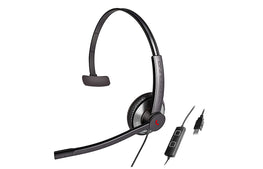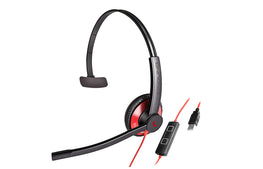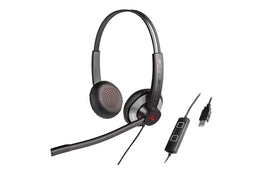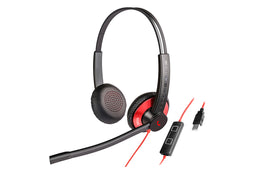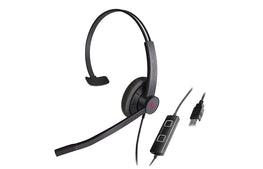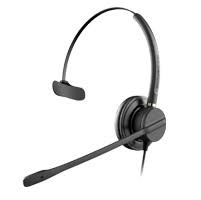How to configure your Nuance PowerMic for Dragon Medical One
How to Set Up and Configure Your Nuance PowerMic IV for Optimal Use with Dragon Medical One
Introduction:
The Nuance PowerMic IV is an indispensable tool for medical professionals using Dragon Medical One. In this guide, we'll walk you through the steps to connect, configure, and customize your PowerMic IV, ensuring you get the most out of your device for efficient, hands-free control.
1. Getting Started: Connecting Your PowerMic IV
- The PowerMic IV is a plug-and-play device, using a USB Type-A connection that's compatible with USB 2.0 and USB
3.0 ports, and works with Windows 10 and Windows 11.
- Ensure you're using Dragon Medical One 2021.4 software release 1 or later for compatibility.
- Upon connecting, check that your computer recognizes the PowerMic IV: Open the "Sounds" via the Windows Control Panel, navigate to the "Recording" tab, and verify that PowerMic IV is listed and selected as the default device.
2. Testing Your Connection:
- Speak into the microphone without pressing any buttons; the volume meter should react to your voice, confirming the device is successfully connected.
3. Accessing and Customizing Button Configurations:
- Once your PowerMic IV is connected, it will appear as the microphone source in the Dragon bar menu.
- You can find and modify the button configurations in the options menu under "Microphone buttons."
- While the default settings work well for many, they're fully customizable. For instance, the "Record" button can be set to either "Press and Hold" for continuous speech recording or toggled on/off with each press.
4. Assigning Functions to Buttons:
- PowerMic IV allows users to assign various functions to its buttons easily.
- You can remove existing functions or assign new ones by selecting your preferred function from the dropdown menus in the settings and applying the changes. For example, you can change the function of button 12 from "Transfer Text" to "None," and reassign the "Transfer Text" command to button 1.
5. Configuring Buttons for Voice Commands:
- One of PowerMic IV's standout features is the ability to link buttons to specific voice commands.
- To do this, first create a voice command within Dragon Medical One. For example, set up a command to open the support page of Voice Recognition Australia.
- Then, assign this command to your preferred button (e.g., button 8) via the "Options" > "Microphone buttons" path. This enables you to access the page directly by pressing the associated button.
6. Practical Applications of Button Commands:
- The customization goes beyond simple commands. For example, you can configure button 10 to open a frequently used
template in Dragon Medical One.
- This extends to various applications, such as opening a new Word document or an email template, streamlining your workflow significantly.
7. Advanced Configurations:
- The PowerMic IV not only allows the assignment of voice commands and common functions but also supports hotkeys
tied to configurable buttons.
- These can be set up directly from the dropdown menu in the button configuration settings, offering you a world of functionality at your fingertips.
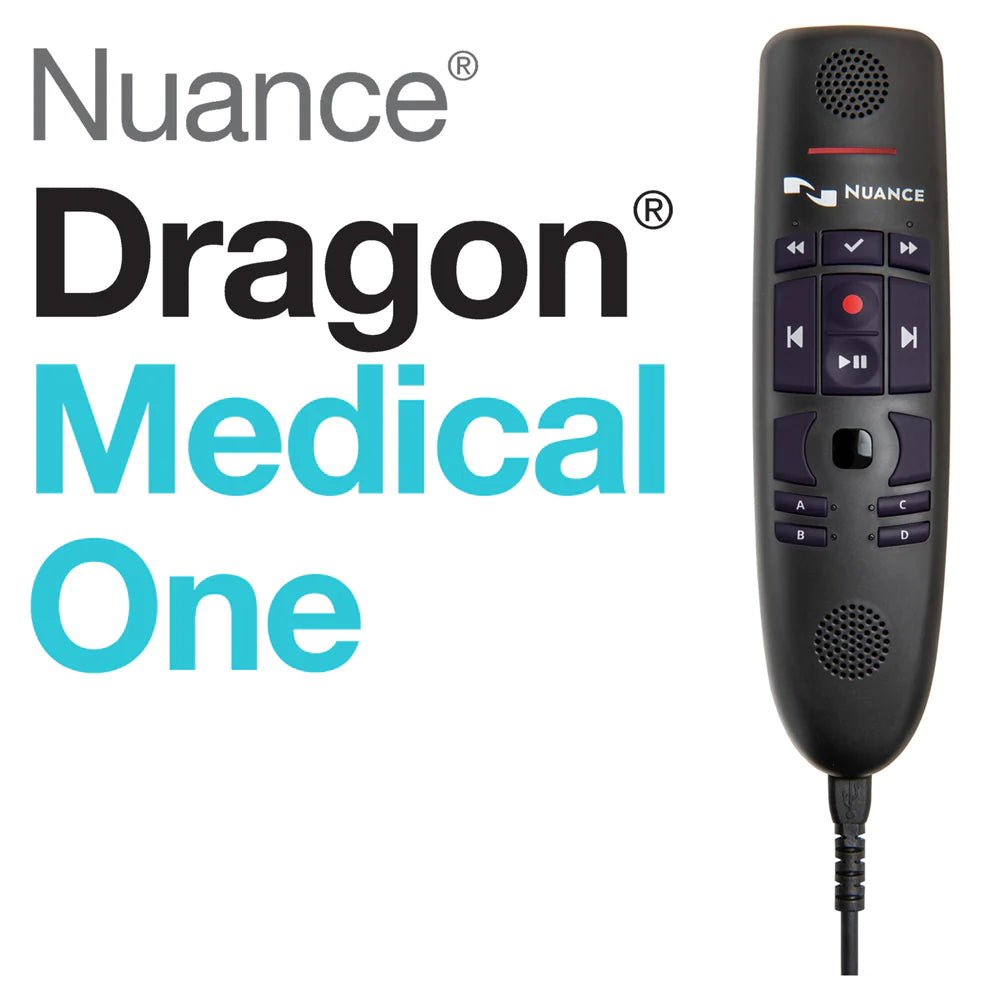
Conclusion:
The Nuance PowerMic 4 is a powerful ally for any medical professional using Dragon Medical One, offering extensive customization options to streamline your workflow and increase efficiency. With this guide, you can easily set up and tailor your PowerMic IV's settings to your specific needs. For more assistance or information, don't hesitate to contact Voice Recognition Australia. Thank you for reading, and here's to enhanced productivity!


